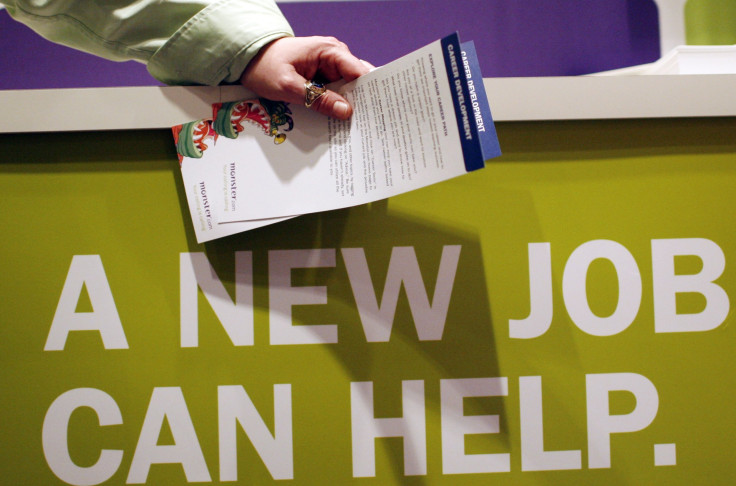US Initial Jobless Claims Falls To 292,000, Lowest Since 2006; Fed September Tapering Near?

The number of Americans filing new claims for jobless benefits plunged last week, but much of the decline appeared to be linked to technical issues in claims processing. Thus, the last major reading of the U.S. labor market before the Federal Reserve meeting next week should be taken with a grain of salt.
In the week ended Sept. 7, applications for unemployment insurance payments dropped to 292,000, the Labor Department said Thursday. That’s the lowest level since April 2006. Economists surveyed by Reuters expected claims to rise to 330,000 from the prior week's unrevised 323,000.
But Labor Department analysts said instead of a sudden improvement in the labor market, the majority of the decline was linked to the fact that two states were upgrading their computer systems and did not process all the claims they received during the week. The Labor Day holiday may have also skewed the report.
The four-week moving average, which normally provides a better indication of the underlying trend in labor markets than the weekly number of jobless claims, fell by 7,500 to 321,250. That’s the lowest level since October 2007.
The number of people filing for benefits after an initial week of aid decreased by 73,000 to 2.87 million in the week ended Aug. 31. The continuing claims figure doesn't include the number of Americans receiving extended benefits under federal programs.
Fed policymakers are debating how and when to trim their $85 billion in monthly bond purchases amid mixed economic data. The jobless rate fell to 7.3 percent in August, the lowest since December 2008. However, it fell for the wrong reason. The labor force participation rate, which gauges the proportion of the population in the labor force, fell to 63.2 percent from 63.4 percent in July, the lowest since August 1978.
The Federal Open Market Committee will meet Sept. 17-18 to consider the future for the third round of quantitative easing known as QE3.
© Copyright IBTimes 2024. All rights reserved.





















